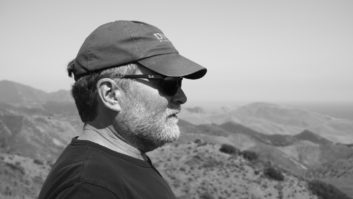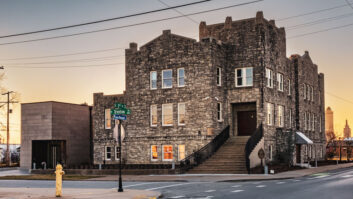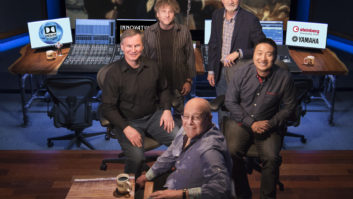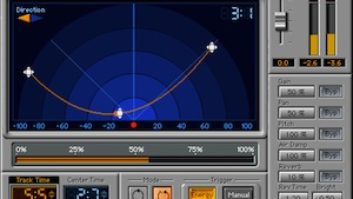I’ve often wondered how the music industry would look today if Jerry Garcia hadn’t passed away in August 1995. It was a much different time—pre-Napster, pre-iTunes, pre-YouTube, pre-Facebook—and money was still flowing through the record business. Budgets were still available for recording and artists went Platinum. Tickets were still relatively cheap, and arenas, sheds and sometimes even stadiums were filled without ticket giveaways. And the Grateful Dead were at the height of their popularity, still riding, but not affected by their post-“Touch of Grey” wave that brought in a new generation of Deadheads from suburbs and college campuses across the country.
Deadheads. The original “community.” An image of bearded, slightly unkempt, hippie-skirt-wearing flower children who never quite grew up. Driving VW vans and selling veggie burritos in the parking lot. Living on reds, Vitamin C and cocaine. Criss-crossing the country and organizing their lives around spring and summer tours. Living for the music. They were later joined by frat boys and soccer moms, babies and grandparents, to form the most motley, unlikely fan base this country has seen. What band wouldn’t kill to have that kind of connection with their fans today, to hear the roar from 25,000 after a single note from Garcia launched into “China-Rider.” And they all knew it.
There were no iPhones, no laptops, no MP3s. Hell, many of the fans got their mail general delivery. And still it was the most cohesive, Deadicated fan base around. These were the original tapers, the bootleggers, and the band encouraged it. Fans traded set lists and Maxell cassettes, later DATs. Thirty years later, the marketing minds at the major labels are just now catching up and realizing that maybe it’s a good thing to connect directly to fans, to give them what they want, to build that sense of community.
The Dead were never really a studio band. They were a live band, never playing the same show twice, not in nearly 30 years. They recorded them, archived them, and today are slowly re-releasing the catalog to their ever-hungry audience. Would they have adopted USB-delivered same-day recording? Most likely. Would they have fed their audience backstage bonus materials? Most assuredly. Would they have embraced the technology and social-networking platforms that are fueling the new music industry? Most definitely.
The Dead’s legacy lives on, not only in the various incarnations the former bandmembers have put together, but in the Dave Matthews Band, Phish, Barenaked Ladies, Pearl Jam, Nine Inch Nails and many more forward-looking, innovative bands that put the connection to fans above CD sales or iTunes downloads. In the music industry today, that direct connection to fans is what it’s all about.
•••
You will notice in this month’s Mix, our special issue focusing on Live Sound, that we no longer present our regional columns, “New York Metro,” “Nashville Skyline” and “L.A. Grapevine.” In these challenging economic times, decisions have to be made here at Mix same as everywhere else. It was not one we made lightly, and while we will continue to cover the three major markets with the same insights and focus, we would like to pause and give a huge thank you to three of the best reporters and writers any editors could ask for: David Weiss, Peter Cooper and Bud Scoppa. Thank you, guys.





